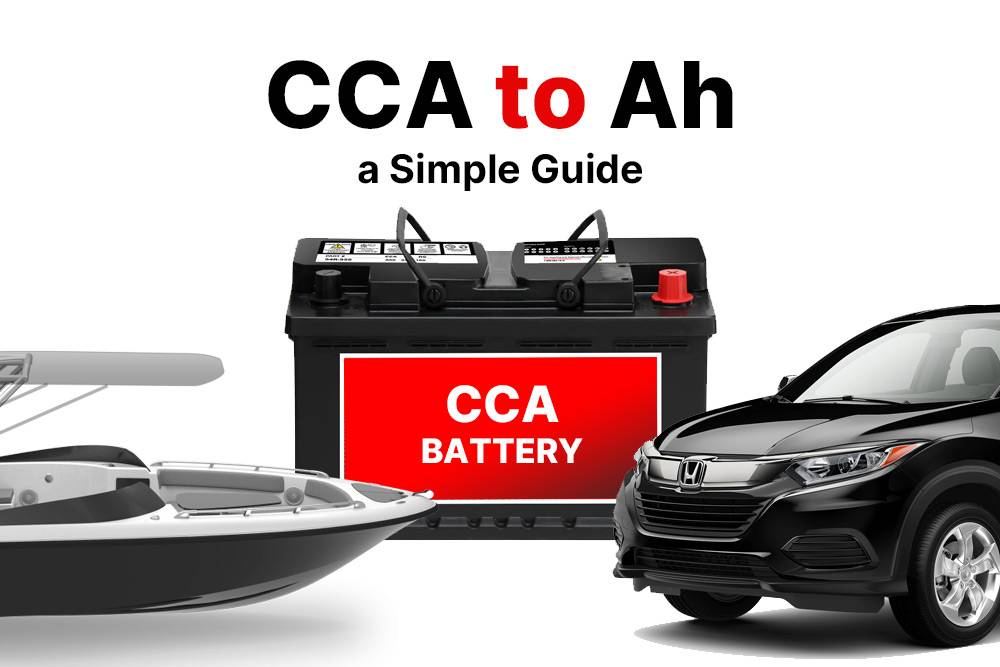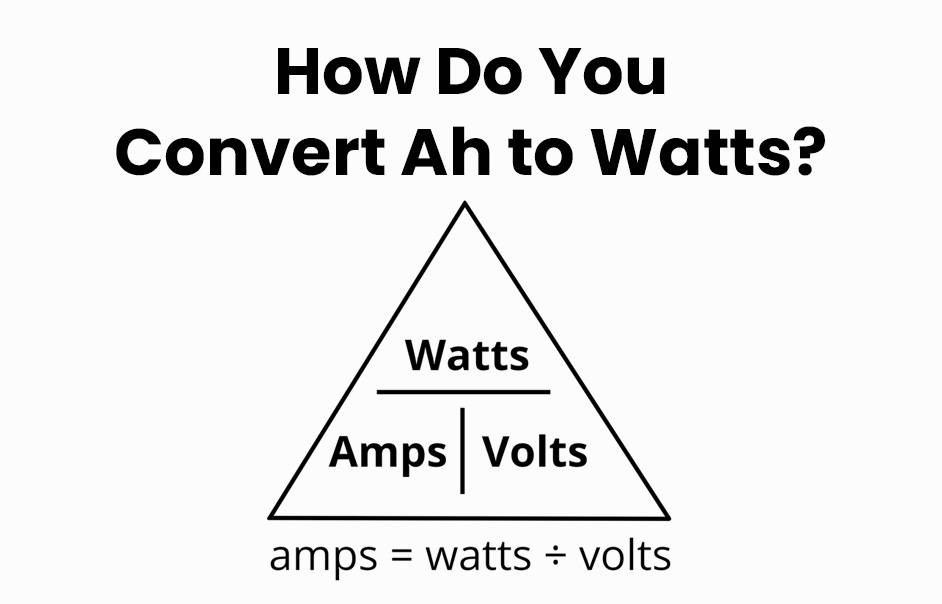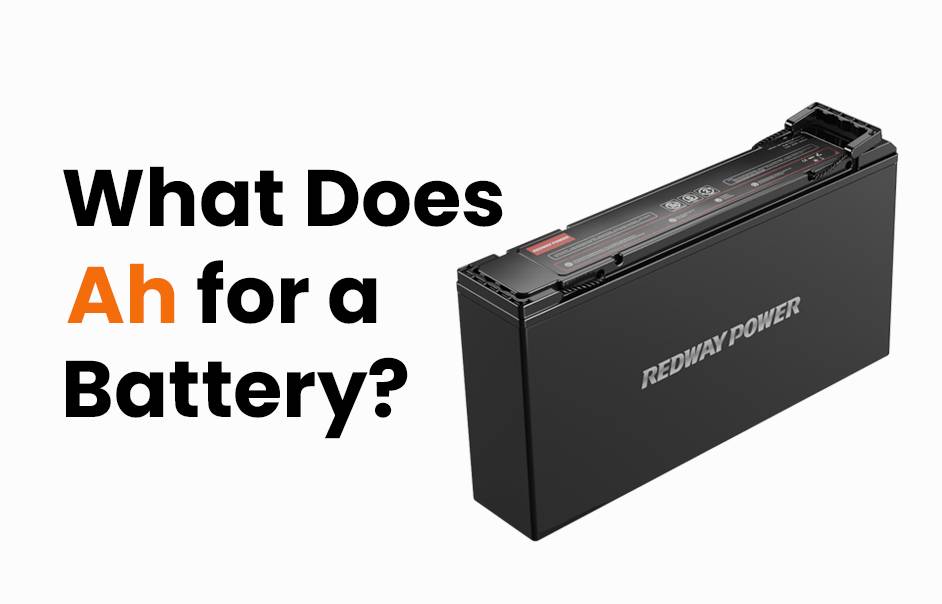- Lithium Golf Cart Battery
- Forklift Lithium Battery
-
48V
- 48V 210Ah
- 48V 300Ah
- 48V 420Ah (949 x 349 x 569 mm)
- 48V 420Ah (950 x 421 x 450 mm)
- 48V 456Ah
- 48V 460Ah (830 x 630 x 590 mm)
- 48V 460Ah (950 x 421 x 450 mm)
- 48V 460Ah (800 x 630 x 600 mm)
- 48V 460Ah (820 x 660 x 470 mm)
- 48V 500Ah
- 48V 560Ah (810 x 630 x 600 mm)
- 48V 560Ah (950 x 592 x 450 mm)
- 48V 600Ah
- 48V 630Ah
-
48V
- 12V Lithium Battery
12V 150Ah Lithium RV Battery
Bluetooth App | BCI Group 31
LiFePO4 Lithium
Discharge Temperature -20°C ~ 65°C
Fast Charger 14.6V 50A
Solar MPPT Charging - 24V Lithium Battery
- 36V Lithium Battery
- 48V Lithium Battery
-
48V LiFePO4 Battery
- 48V 50Ah
- 48V 50Ah (for Golf Carts)
- 48V 60Ah (8D)
- 48V 100Ah (8D)
- 48V 100Ah
- 48V 100Ah (Discharge 100A for Golf Carts)
- 48V 100Ah (Discharge 150A for Golf Carts)
- 48V 100Ah (Discharge 200A for Golf Carts)
- 48V 150Ah (for Golf Carts)
- 48V 160Ah (Discharge 100A for Golf Carts)
- 48V 160Ah (Discharge 160A for Golf Carts)
-
48V LiFePO4 Battery
- 60V Lithium Battery
-
60V LiFePO4 Battery
- 60V 20Ah
- 60V 30Ah
- 60V 50Ah
- 60V 50Ah (Small Size / Side Terminal)
- 60V 100Ah (for Electric Motocycle, Electric Scooter, LSV, AGV)
- 60V 100Ah (for Forklift, AGV, Electric Scooter, Sweeper)
- 60V 150Ah (E-Motocycle / E-Scooter / E-Tricycle / Tour LSV)
- 60V 200Ah (for Forklift, AGV, Electric Scooter, Sweeper)
-
60V LiFePO4 Battery
- 72V~96V Lithium Battery
- Rack-mounted Lithium Battery
- E-Bike Battery
- All-in-One Home-ESS
- Wall-mount Battery ESS
-
Home-ESS Lithium Battery PowerWall
- 24V 100Ah 2.4kWh PW24100-S PowerWall
- 48V 50Ah 2.4kWh PW4850-S PowerWall
- 48V 50Ah 2.56kWh PW5150-S PowerWall
- 48V 100Ah 5.12kWh PW51100-F PowerWall (IP65)
- 48V 100Ah 5.12kWh PW51100-S PowerWall
- 48V 100Ah 5.12kWh PW51100-H PowerWall
- 48V 200Ah 10kWh PW51200-H PowerWall
- 48V 300Ah 15kWh PW51300-H PowerWall
PowerWall 51.2V 100Ah LiFePO4 Lithium Battery
Highly popular in Asia and Eastern Europe.
CE Certification | Home-ESS -
Home-ESS Lithium Battery PowerWall
- Portable Power Stations
How to Choose Between 4.0 Ah and 6.0 Ah Batteries

Battery capacity is crucial when selecting batteries for various applications, as it directly affects performance and runtime. The difference between 4.0 Ah and 6.0 Ah batteries lies in their capacity to store energy, with the latter providing more power for longer durations.
What is Battery Capacity and Why Does It Matter?
Battery capacity, measured in amp-hours (Ah), indicates how much charge a battery can hold and deliver over time. A higher Ah rating means more energy storage, which translates to longer usage times for devices powered by the battery. Understanding this metric helps consumers choose batteries that meet their specific needs, ensuring optimal performance.
How Do Amp-Hour Ratings Influence Performance?
Amp-hour ratings signify how long a battery can supply a specific current before it is depleted. For example, a 4.0 Ah battery can theoretically provide 4 amps of current for 1 hour or 1 amp for 4 hours, while a 6.0 Ah battery can provide 6 amps for 1 hour or 1 amp for 6 hours. This difference significantly impacts how long devices can operate before needing a recharge.
| Amp-Hour Rating | Current (A) | Duration (Hours) |
|---|---|---|
| 4.0 Ah | 4 | 1 |
| 2 | 2 | |
| 1 | 4 | |
| 6.0 Ah | 6 | 1 |
| 3 | 2 | |
| 1 | 6 |
What are the Key Differences Between 4.0 Ah and 6.0 Ah Batteries?
The primary distinction between 4.0 Ah and 6.0 Ah batteries lies in their energy storage capacity, which affects runtime and performance in various applications:
- Energy Storage: A 6.0 Ah battery can store more energy than a 4.0 Ah, allowing it to power devices longer.
- Weight and Size: Typically, higher capacity batteries may be larger and heavier, which could be a consideration in portable applications.
Why Would You Choose a 4.0 Ah Battery Over a 6.0 Ah Battery?
Choosing a 4.0 Ah battery may be advantageous in scenarios where weight and size are critical factors, such as in handheld devices or lightweight tools where portability is essential.
What are the Benefits of Using a 6.0 Ah Battery?
Opting for a 6.0 Ah battery provides several benefits:
- Extended Runtime: Ideal for high-drain devices or applications requiring prolonged use without recharging.
- Better Performance: Can maintain higher voltage levels under load compared to lower capacity options.
How Can You Determine the Right Battery Capacity for Your Device?
To select the appropriate battery capacity, consider the following:
- Device Power Requirements: Assess how much current your device draws.
- Usage Duration: Estimate how long you need your device to operate between charges.
- Weight Constraints: Consider if portability is essential for your application.
What Factors Should You Consider When Selecting a Battery?
When choosing between batteries, consider:
- Application type (e.g., tools, electronics).
- Frequency of use.
- Charging time and cycle life.
Industrial News
Recent advancements in battery technology have focused on improving efficiency and sustainability in energy storage solutions, particularly with lithium-ion batteries used in electric vehicles (EVs). Companies are investing heavily in research to enhance battery life while reducing environmental impact through recycling initiatives.
Redway Power Views
“Choosing between different amp-hour ratings should align with your specific application needs,” says an industry expert from Redway Power. “Understanding your device’s power requirements will guide you towards making an informed decision that balances performance with practicality.”
FAQ Section
Q: What does ‘Ah’ mean in batteries?
A: ‘Ah’ stands for amp-hours, indicating how much charge a battery can deliver over time.Q: Can I use a higher capacity battery than recommended?
A: Yes, but ensure that your device can handle the increased power without damage.Q: How do I maintain my battery’s health?
A: Regularly charge your battery fully and avoid deep discharges to prolong its lifespan.
























